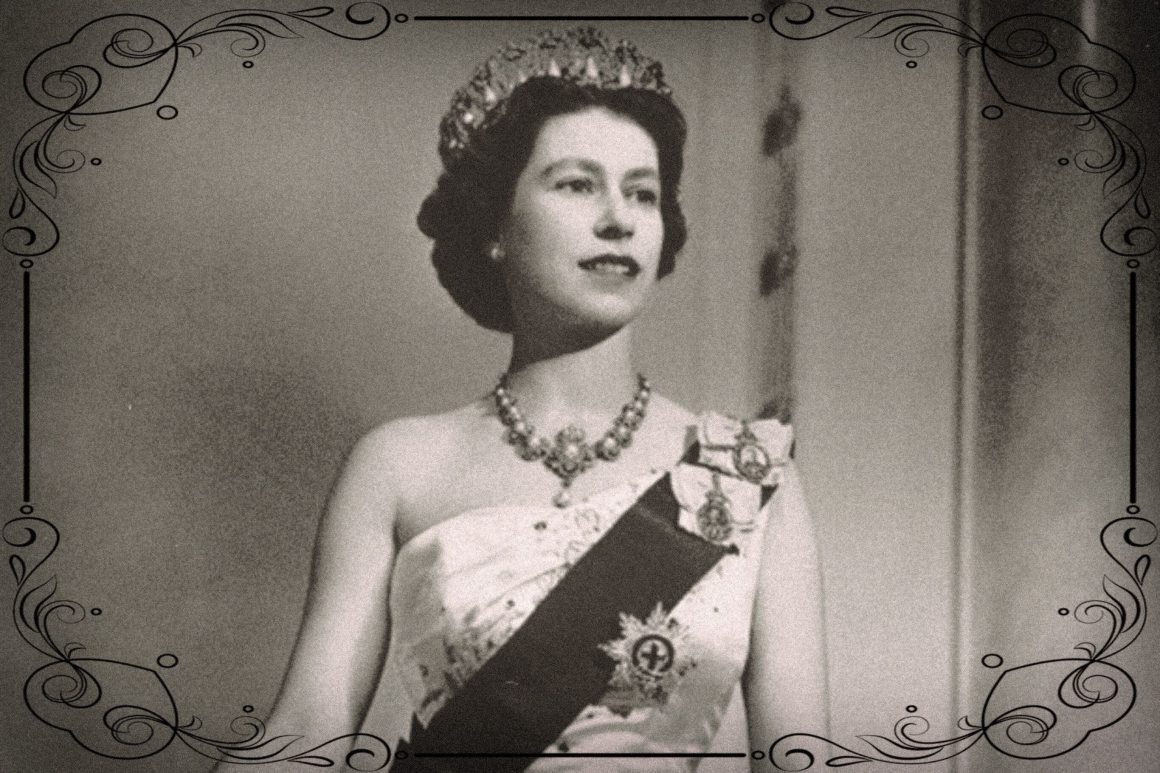
Queen Elizabeth II: Feminist icon or feminist fake?
By Radhya Comar, October 25 2022—
Feminists operate under a simple principle — actions speak louder than words. Gone are the days of declaring yourself a feminist with a simple caption or hashtag — the equality activists of today crave real, quantifiable action. Yet, in a fight that has spanned centuries, no contribution is small. Whether it’s sharing an infographic to raise awareness around prominent issues or attending a protest, each action paves the way to a more inclusive future. However, following the death of her Majesty Queen Elizabeth II, we are forced to examine the past.
Despite a 70-year reign, the late monarch’s status as a feminist role model is still heavily debated. The ideal female role model does not need to be a sensationalized woman. She is an inspiration because of her continual efforts to make even the smallest dents in the patriarchal system. While some see Her Majesty as a groundbreaking icon who rejected traditional gender roles, others disagree and label her as a mere figurehead with no power to make any changes.
Having ascended the throne in 1952 at the age of 25, Elizabeth Alexandra Mary Windsor was seen as anything but a monarch. She was a dutiful wife, young mother and beloved daughter — everything a woman of the time was expected to be. With her new role as Queen Elizabeth II, she provided much needed representation for women in the workforce. Not only this, by fulfilling her state duties the Queen legitimized the presence of women in international relations. Within just a few years, Queen Elizabeth II became the blueprint for the modern working woman.
Despite the modernity the Queen brought to the monarchy, there were no standout moments in which she promoted women’s rights — through actions or through words. For this reason, much of her contributions to feminism are seen as almost unintentional.
In 2011, Her Majesty gave royal assent to a law regarding royal succession. Previously, a woman’s position in line to the throne would be replaced by her male siblings even if they were younger. There is little known about the late monarch’s involvement in the creation if this bill or her complete thoughts on it. This piece of legislation is known as one of her greatest contributions to feminism.
However, this law is one that only applies to women in the royal family. It protects the rights of the women already born into the highest class of privilege. On the other hand, when searching for instances where the palace has defended women’s rights or criticized those who violate them, the results were sparse. The few times Her Majesty had broken her notorious political neutrality, it was to congratulate Britain’s female athletes on their victories and commend them for offering representation to the younger generation of females.
With that being said, Queen Elizabeth II was not a trailblazer ushering in a new age of girl power. Rather, she was a young woman who was required to fulfill her family’s duties to her nation. Duties to which she committed herself tirelessly, but were nonetheless ritualistic in a democratic country.
As women around the world continue to demand equal pay, take public office and fight for their rights, there are opportunities that extend beyond ceremonial obligations such as hosting state events or recognizing extraordinary citizens. These responsibilities have been passed down from monarch to monarch. Despite the respect she commanded, her majesty’s seat at the table was not the result of a battle with the glass ceiling. Instead, it was inherited as nonchalantly as a glass slipper or pearl necklace.
Queen Elizabeth II may have been the quintessential role model decades ago when women were expected to manage the household, but it is unjust to label her as a feminist icon in the modern age. At a time where there is a widening disparity in the standard for women’s rights, feminists deserve an icon that is outright and clear in their commitment to equality. Now is not the time to tip-toe around neutrality. Whether it is the issue of women’s reproductive health or self-determination, now is the time to speak up. Silent representation no longer fulfills the needs of the global women’s rights movement in which urgency is needed now more than ever.
This article is a part of our Opinions section does not necessarily reflect the views of the Gauntlet editorial board.
